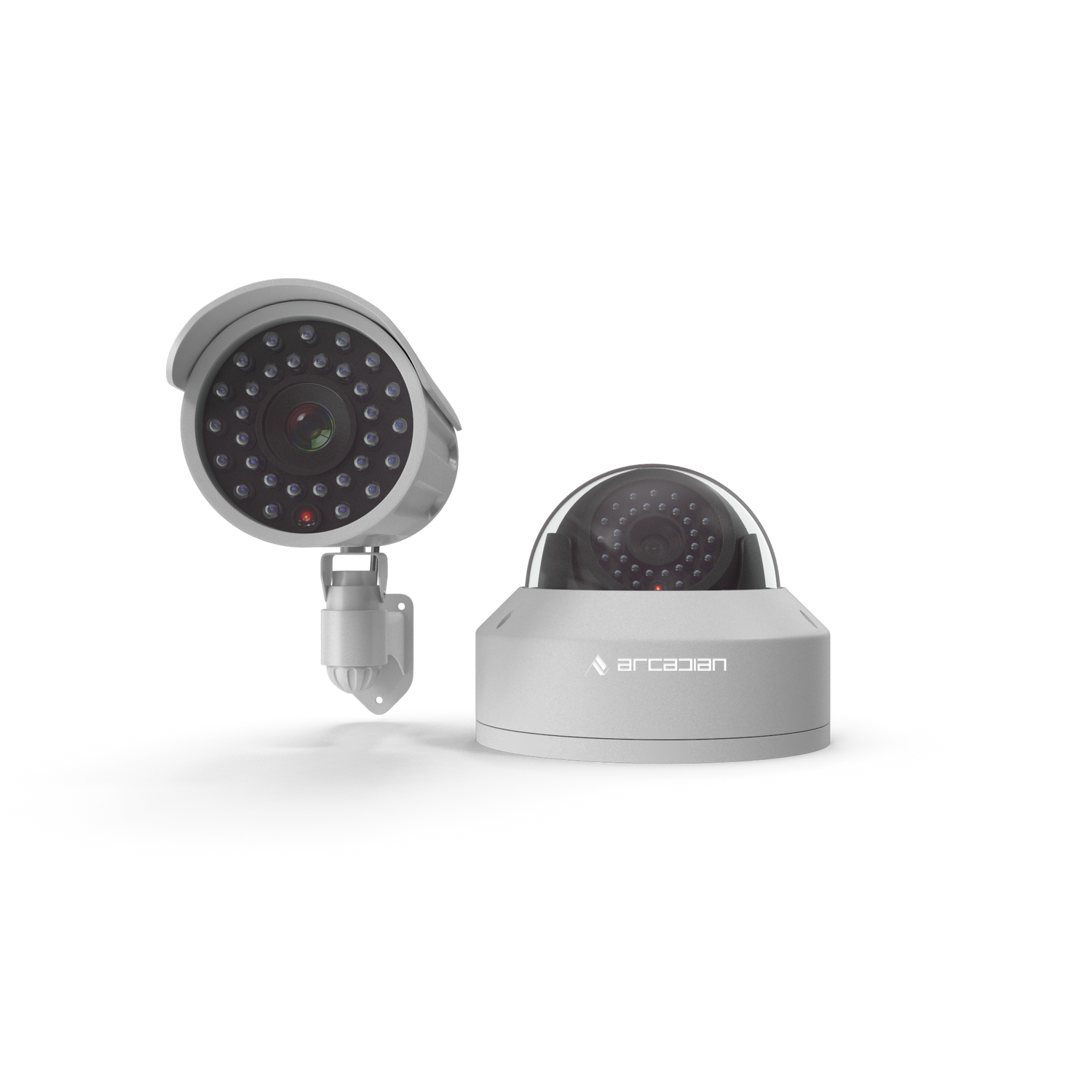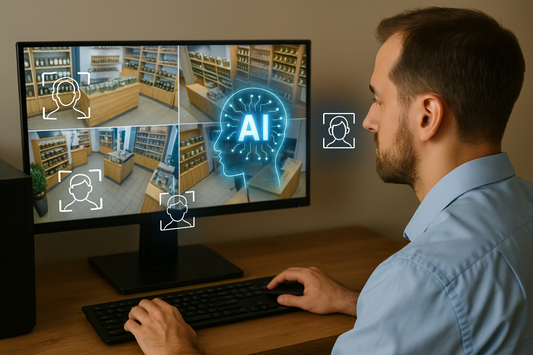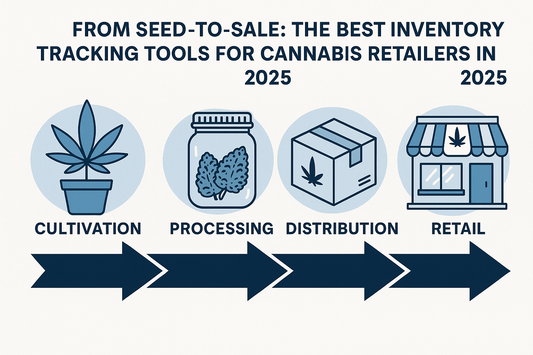For retailers, shrinkage—loss of inventory due to theft, fraud, or administrative errors—is an ongoing challenge that directly impacts profitability. Traditional security systems, while effective in many cases, often lack the agility and precision needed to tackle modern retail shrinkage issues. AI-powered surveillance systems offer an innovative solution, enabling real-time monitoring, behavior analysis, and intelligent alerts to help retailers detect and prevent shrinkage more effectively.
In this blog, we’ll explore how AI-powered surveillance systems are helping retailers minimize shrinkage, protect their assets, and create a safer environment for both customers and employees.
1. Real-Time Detection of Shoplifting Behavior
AI-powered surveillance systems can detect suspicious behaviors associated with shoplifting, such as loitering, repeated handling of items, or sudden movements, and send real-time alerts to security teams. This immediate response capability enables staff to intervene quickly, reducing losses before they happen.
For example, Target could leverage AI-powered surveillance in high-theft areas like cosmetics and electronics. If a shopper exhibits unusual behavior, such as excessive loitering or covering items, the system alerts security, allowing them to approach discreetly and deter theft without disrupting the shopping experience.
2. Proactive Monitoring of High-Value Products
Retailers often have specific areas with high-value or high-theft items that require closer surveillance. AI-powered systems can analyze these areas continuously, focusing on high-risk sections to catch potential theft early and optimize staff allocation.
Imagine Best Buy using AI to monitor its electronics displays, where high-value products like laptops and smartphones are often targeted. The system can flag suspicious activity, such as someone lingering by these displays or attempting to remove security tags, enabling staff to intervene promptly and prevent costly losses.
3. Reducing Internal Theft with Employee Monitoring
Internal theft accounts for a significant portion of shrinkage in retail. AI-powered surveillance can monitor both customer and employee areas, identifying patterns or behaviors indicative of employee theft, such as excessive time in stockrooms or bypassing standard checkout processes.
Consider Walmart implementing AI surveillance to detect unusual activity in stockrooms or near cash registers. If an employee accesses restricted areas frequently or conducts suspicious transactions, the system can alert management, helping reduce losses from internal theft and maintain inventory integrity.
4. Automated Shelf and Inventory Monitoring
Keeping shelves stocked and accurate inventory levels are crucial for both sales and loss prevention. AI-powered surveillance systems can monitor shelves in real-time, alerting staff when items need replenishing, or when empty spaces indicate possible theft.
A retailer like CVS could use AI to monitor product levels on shelves. The system can detect missing items that haven’t been recorded at checkout, signaling possible theft or mishandling, and enabling timely stock adjustments to keep shelves organized and secure.
5. Detecting Return Fraud with Behavior Analysis
Return fraud, where customers try to return stolen or counterfeit items, is a common issue in retail. AI-powered surveillance can analyze customer behavior at return counters, detecting suspicious actions and alerting staff to inspect questionable returns more closely.
For instance, Home Depot could use AI surveillance at its returns desk to monitor customers’ behavior, flagging actions such as hesitating to provide receipts or attempting to return high-value items without valid proof of purchase. This reduces instances of return fraud and protects revenue.
6. Managing Crowds and Monitoring High-Traffic Areas
Crowded stores can increase shrinkage risks, as shoplifters often take advantage of distractions. AI-powered surveillance can analyze foot traffic and alert staff when areas become overly crowded, allowing them to manage customer flow and reduce theft opportunities.
A retailer like IKEA could use AI-driven monitoring to detect congested areas in its showrooms and warehouse sections. If the system identifies crowding, staff can be directed to monitor the area closely, preventing potential theft and enhancing overall customer experience.
7. Enhancing Checkout Security to Prevent Sweethearting
Sweethearting, when employees allow friends or family members to take items without paying, is a common retail fraud. AI surveillance can monitor checkout processes, identifying instances where employees fail to scan items or apply unauthorized discounts.
Consider Costco utilizing AI-powered surveillance to oversee checkout lanes. If the system detects repeated instances of items being bagged without scanning, it alerts management, allowing them to review footage and address potential sweethearting activities, reducing internal shrinkage and ensuring fair practices.
8. Improving Store Layouts to Minimize Blind Spots
AI analytics can provide insights into customer movement patterns, helping retailers optimize store layouts to minimize blind spots and create a more open, secure environment. By rearranging high-theft items into visible areas, retailers can discourage theft.
For example, Macy’s could use AI-generated foot traffic data to identify low-visibility areas in its stores. With this information, Macy’s can reorganize displays, reducing potential blind spots and creating an environment where shoplifting is more difficult.
9. Providing Remote Monitoring for Enhanced Security Oversight
AI-powered, cloud-based surveillance enables security teams to monitor multiple store locations remotely, providing a more cohesive and responsive security approach. Remote access allows centralized monitoring and faster intervention across all sites.
Imagine H&M using remote AI monitoring to oversee its locations worldwide. Security teams can respond to incidents in real-time, maintain consistent security protocols, and reduce shrinkage across all stores, providing a scalable solution for loss prevention.
10. Supporting Training and Improving Staff Awareness
AI-powered surveillance doesn’t just monitor; it also provides valuable data that can support staff training. By identifying common shrinkage patterns, management can train employees to recognize and respond to suspicious behaviors, enhancing their role in loss prevention.
For instance, Sephora could analyze AI-generated data to identify common theft tactics. This information allows them to design targeted training programs, making staff more vigilant and knowledgeable, improving shrinkage prevention while also fostering a proactive store culture.
Max’s Story: How AI-Powered Surveillance Helped Protect a Retail Chain from Shrinkage
Max, a loss prevention manager at a popular retail chain, faced significant challenges with shrinkage due to theft and employee fraud. Since implementing Arcadian.ai’s AI-powered surveillance system, Max has seen remarkable improvements in both security and loss prevention.
One busy weekend, the system flagged a shopper exhibiting suspicious behavior in the electronics section. Thanks to the instant alert, Max’s team approached and deterred the potential shoplifter. On another occasion, the AI monitoring system detected an employee in the stockroom after hours without authorization. This early intervention prevented possible internal theft, helping Max’s team protect valuable inventory. With Arcadian.ai, Max’s retail chain now enjoys reduced shrinkage and enhanced security, all while providing a positive shopping experience.
Ready to safeguard your retail business against shrinkage? Discover how Arcadian.ai’s AI-powered surveillance solutions can reduce losses, prevent theft, and enhance operational efficiency. Schedule a demo today.







